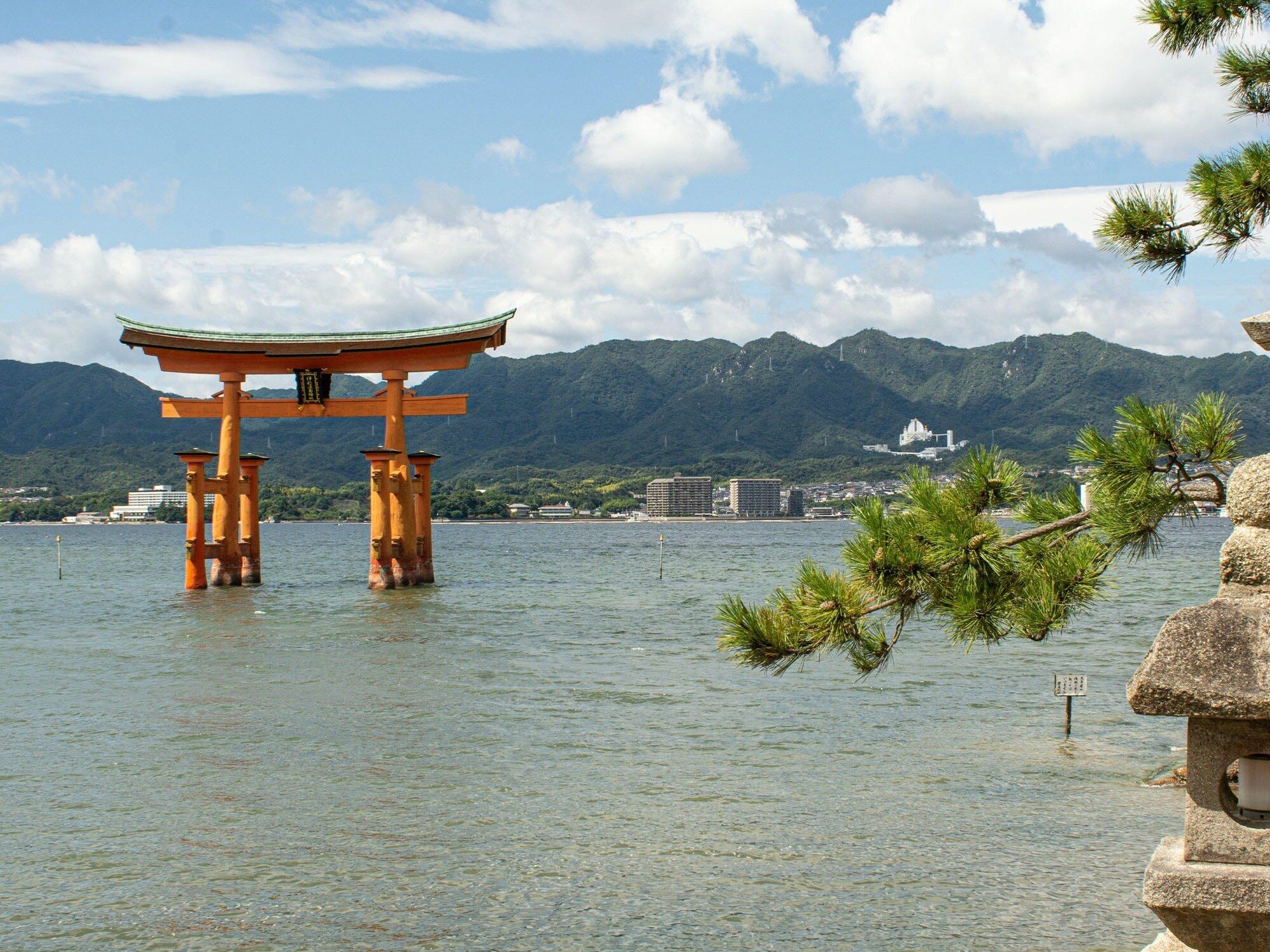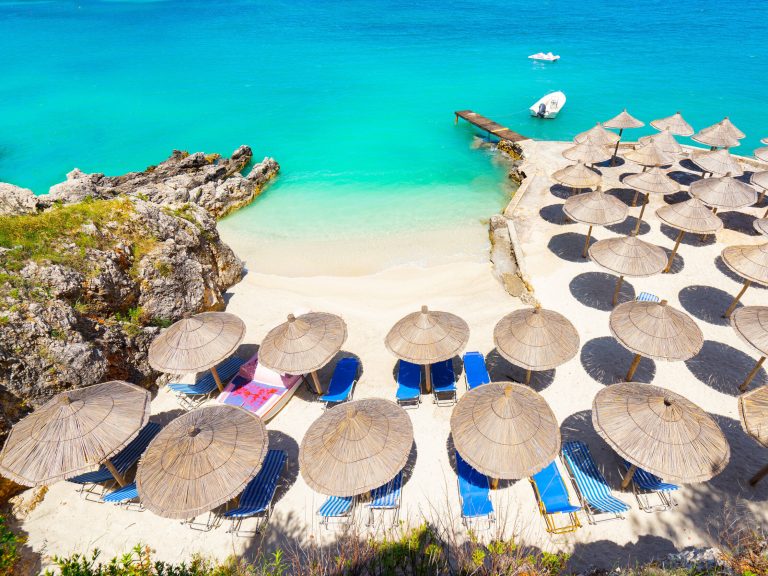The end of free visits to a popular attraction. The authorities are introducing a tourist tax

Another country will introduce additional fees for visitors. This is related to excessive tourism in a given region. What will the tourist tax in Japan cover? Guests will not be happy.
Recently, there has been more and more information about tourist taxes introduced by other countries. Amsterdam intends to charge visitors the highest fee in Europe – as much as 12.5%. per night per person. Do you think this will discourage travelers from going to this place?
Japan, which is struggling with excessive tourism, has been taking the same steps for some time now. Authorities have announced they will charge fees for visitors to one of Japan’s most famous attractions.
Visiting a Japanese attraction for a fee
To combat overtourism, Japan is introducing a tourist tax covering its famous “floating temple.” Visiting Itsukushima-jinja will be more expensive.
The bright orange gate, which serves as the entrance to a unique place of worship and appears to float in the lake, is one of the most beautiful and recognizable photo spots in Japan.
Located in the city of Hatsukaichi in Hiroshima Prefecture, the torii – the gateway to the temple – is part of a 1,400-year-old Shinto complex inscribed on the UNESCO World Heritage List. Its appearance makes it one of the most recognizable attractions in Japan. In early 2023, even US President Joe Biden visited it.
However, such popularity has drawbacks. Hatsukaichi has long struggled with overtourism, prompting officials to introduce a tourist tax. It entered into force on October 1. The tax was originally scheduled to be introduced in 2021, but the pandemic delayed it.
Anyone visiting this unique gate currently has to pay 100 yen (approx. PLN 3). In turn, those who are thinking about visiting this place regularly can get a pass for 500 yen – it entitles them to visit it all year round.
The funds will be used to build and improve tourism infrastructure such as toilets, maintain the sanctuary and support ecotourism in the area.
“We hope that future guests will become guardians of the island, just like the inhabitants,” say representatives of the initiative called Another Thousand Years, who take care of the temple.
Over-tourism in Japan
Tourists visit Mount Fuji in Japan in such large numbers that absurd situations occur. There are huge queues here, there is a lot of garbage, and you can also observe hikers who are completely unprepared to conquer such a peak – they can do it, for example, in sandals.
Officials say the tourism boom that followed the coronavirus pandemic has brought and will continue to bring thousands more to visit the popular peak. And as Mount Fuji celebrates the 10th anniversary of its UNESCO designation this year, they fear the situation has reached a “critical point.”
“Overtourism – and all its consequences, such as garbage, rising CO2 emissions and reckless tourists – is the biggest problem facing Mount Fuji,” says Masatake Izumi, a Yamanashi Prefectural government official and an expert on the famous peak.
To ensure that the excess of tourists does not lead to a disaster, everyone should start taking care of the mountain. For example, volunteers from the Fujisan Club, a non-profit organization dedicated to the protection of Mount Fuji, conducted 992 clean-ups at the foot of the peak, and between 2004 and 2018, over 74,000 participants collected 850 tons of garbage. However, this will not be enough if the number of people increases and no one supervises it.






